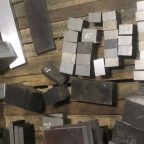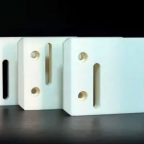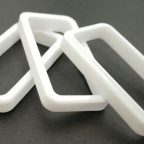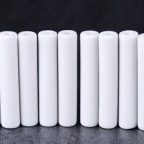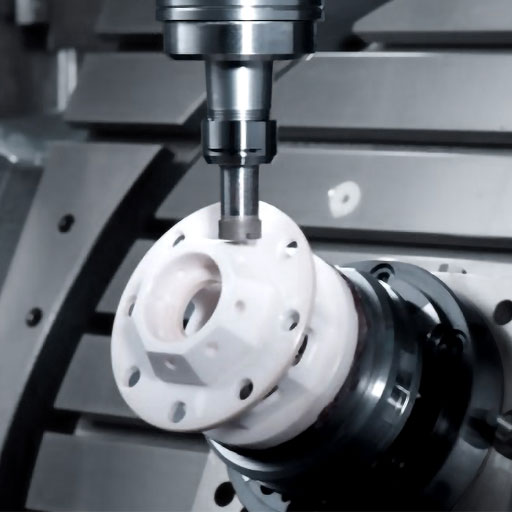There are many ways to process structural ceramics. According to different machining requirements, the following are the common methods of structural ceramics machining by Pintejin zirconia ceramic machining manufacturers. Structural ceramic machining surface grinding There are many methods for structural ceramic machining surface machining, basically all machining methods can process plane, turning, milling, planing, grinding, drawing, wire cutting. Among them, it is most used in surface grinders. Grinding is generally used for finishing. Planing and wire cutting are generally used when batches are very small.
The surface roughness of structural ceramics is that after the ceramic parts are formed and sintered, there will be many uneven peaks and valleys on the surface, which must be processed by ceramic machining equipment such as internal and external cylindrical grinders and centerless grinders. For ceramic parts that show a surface with a requirement for coordination or a requirement for relative motion, the Ra value is required to be small. The smaller the Ra value, the higher the surface quality and the higher the machining cost. In the case of meeting the requirements of use, a larger Ra value should be selected as much as possible to reduce the cost.
Common surface roughness structural ceramic machining methods:
1. Rough surface: planing, milling, etc. Suitable for non-contact surfaces: such as chamfering, drilling, etc.
2. Inner hole surface machining: using polishing machines, internal grinding equipment, etc.
3. Most Smooth surface (mirror surface): The maximum allowable variation in the shape and position of the elements of the pattern squadron when using geometrical tolerances such as grinding, mirror grinding, and ultra-fine grinding. Its label not only points out the controlled element, but also gives the value of the maximum allowable variation, that is, the tolerance value. Features (points, lines, polygons) are controlled by the measured range.
The general tolerance of linear dimensions refers to the tolerance that can be guaranteed under the general machining conditions of the workshop! Pintejin ceramics can meet high requirements on the point, line and surface of many ceramic products! It can guarantee the straightness, concentricity, parallelism, etc. of ceramic products!
Pintejin machining ceramic service include : Alumina Ceramic Parts, Zirconia Ceramic, Silicon Carbide Ceramic, CNC Machined Aluminum Nitride Ceramic, Machinable Ceramic Parts, Glass Ceramic,Macor Ceramic,Powder Metallurgy Dies,Ceramic Injection Molding,Ceramic Dry Pressing,Ceramic Extrusion Dies
